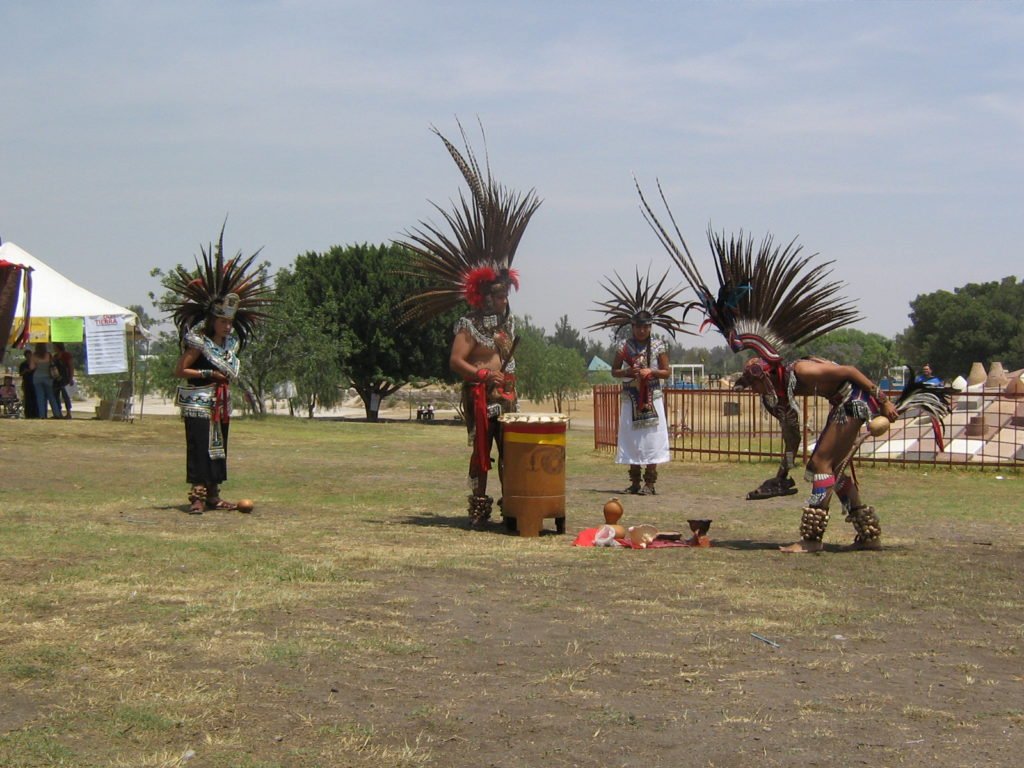Copal’s History
Throughout Mesoamerica, and especially in México, copal has a long history of use. Recent research suggests that the use of copalli (Náhuatl term from which the Spanish “copal” derives from) stretches for thousands of years. Evidence for such ancient use has been found in various ceremonial sites, such as the Templo Mayor of the capital city of Tenochtitlán, the Cenote Sagrado in Chichen Itza, and the Laguna de la Luna in Toluca, México.
Copal was highly valued and was used in different rituals, celebrations, and offerings throughout the year, given the belief that the white smoke enabled communication with deities and several natural forces.
Copal’s importance was such that not only survived the onslaught of colonialism but was adopted/appropriated by the colonizers, becoming a common element in Church services.


Copal, when burned, produces a white smoke that Native Mesoamericans associate with Iztacteteo or “White Gods.” These gods, in turn, are believed to aid in the communication between humans and the Great Mystery.
The column of white smoke created by copal burning represents the cosmic axis out of which the universe and all its creatures emerged and acts as the connecting thread between the worlds, between Heaven and Earth.
The burning of copal calls upon the wisdom at the heart of all things and symbolizes the mysterious center ever pulsating toward greater consciousness and connection.
Copal is associated to the god Tláloc (“He who Makes Things Grow”) and the goddess Chalchiuhtlicue (“She of the Jade Skirt”), both rulers of water and associated with fertility and creation. Small copal figurines representing these deities have been found in the ancient city of Tenochtitlán.
It seems that, as an offering, copal is related to the activation of the waters of life and the processes of creation that allow us to further explore the Great Mystery of existence. The primordial waters within are acknowledged and honored by copal burning.
Copal’s Uses
Copal’s resin has a history of therapeutic and medicinal uses, while there are reports that suggest that it was also used as glue. Lore has it that copal’s white smoke helps with headaches and relieves diseases associated with cold and humidity. Given its positive effects on the limbic system, copal oil is used in aromatherapy to treat a number of diseases. In some cases, the resin is used in tea to treat bronchitis and applied locally for coughs and rheumatism.
Overall, the uses of copal in ancient México and amongst contemporary indigenous cultures can be divided into three primary functions:
* Divinatory (ie., the Otomí people “read” the copal’s smoke with the aid of a candle to diagnose disease).
* Preventive & Therapeutic (ie., copal smudging is one of the most common preventive and therapeutic practices in traditional medicine).
* Sacred Offerings (ie., the Lacandon people craft receptacles dedicated to a particular god(des) in which copal is burned, thus “feeding” the divine abode of such deities).
These three functions can be seen to emerge from an old understanding of copal and its smoke as a sacred, connective element.
Rooted in ancestral reverence and equally relevant contemporary applications, copal is a true plant teacher; an ally for body, mind, and spirit

